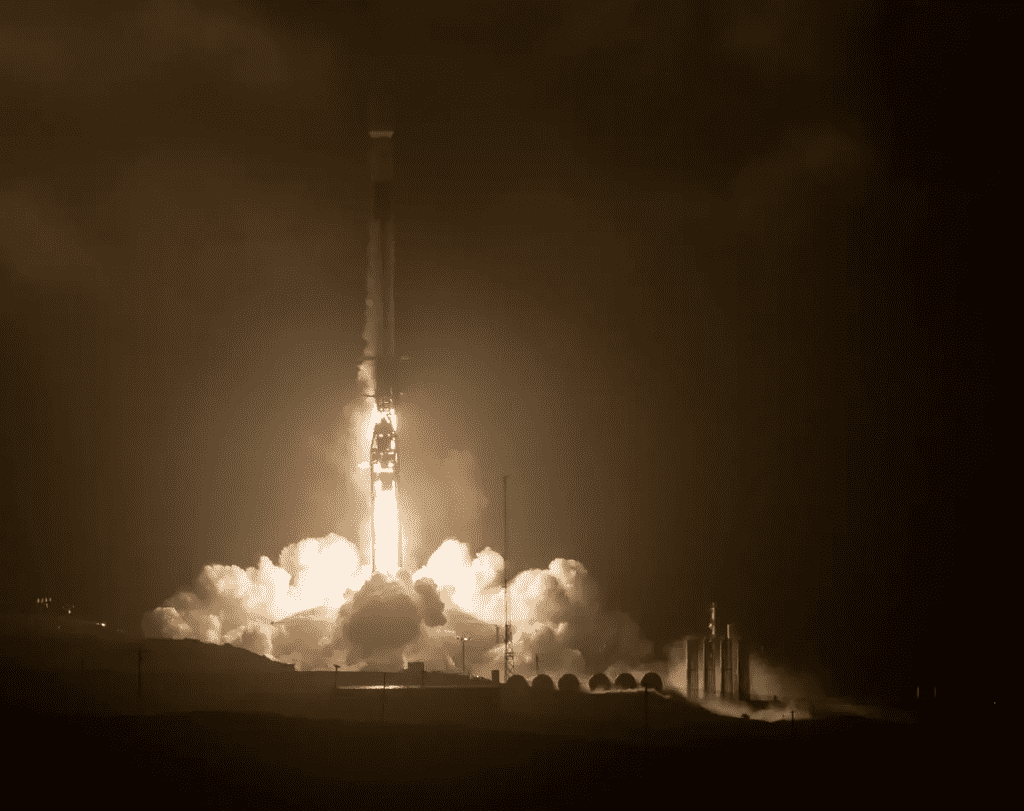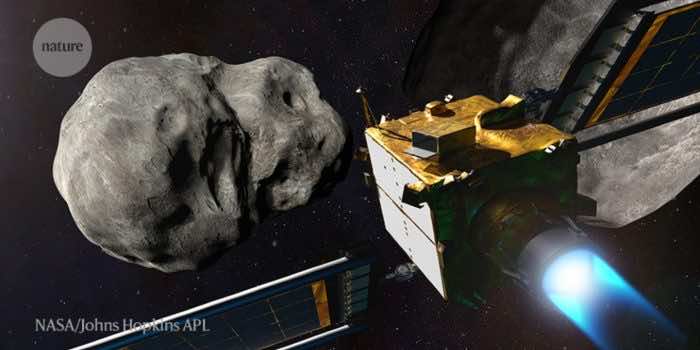NASA’s Double Asteroid Redirection Test (DART) will be the first mission to test planetary defense technology in space.
According to a NASA statement, the DART spacecraft will come in contact with its target asteroid, Dimorphos, at 7:14 p.m. EDT on Monday, September 26. This impact will be streamed live for the audience.
Dimorphos is not a danger to Earth. This test will allow NASA to test whether a spacecraft impact can be used to change the trajectory of a possible hazardous asteroid on a collision course with Earth.
NASA is known to live stream key moments of its big missions. It did this for the first flight of its Ingenuity Mars helicopter, and it will do the same for the upcoming launch of its moon-bound Artemis I mission, currently slated for Monday, August 29.

In anticipation of the impact of the DART spacecraft, NASA has invited press members to attend a series of events, including one at the Johns Hopkins Applied Physics Laboratory (APL) in Laurel, Maryland. APL built and now manages the DART spacecraft for NASA.
NASA states that the DART mission will “show a spacecraft can autonomously navigate to a target asteroid and intentionally collide with it to change the asteroid’s motion in a way that can be measured using ground-based telescopes.” The mission will provide “important data to help better prepare for an asteroid that might pose an impact hazard to Earth, should one ever be discovered.”
The DART spacecraft launched aboard a SpaceX Falcon 9 rocket at 1:21 a.m. ET on November 24 from the Vandenberg Space Force Base in California. Roughly a month later, the DART spacecraft sent back its first images from space.
NASA says live coverage of DART’s impact event will start at 6 p.m. EDT on September 26. It will air on NASA TV, live streamed 24 hours a day on NASA’s YouTube channel.
The impact will occur at 7:14 p.m. EDT, according to NASA. Shortly afterward, the space agency will be able to tell if the trajectory of asteroid Dimorphos was majorly changed. Earlier, NASA had announced that a CubeSat developed by the Italian Space Agency, called LICIACube, will piggyback on the DART spacecraft and separate just before impact. After impact, LICIACube will perform a flyby of Dimorphos and make observations, which may be presented during NASA’s press events.
DART spacecraft is making its way to Dimorphos at 15,000 mph (24,000 km/h).


